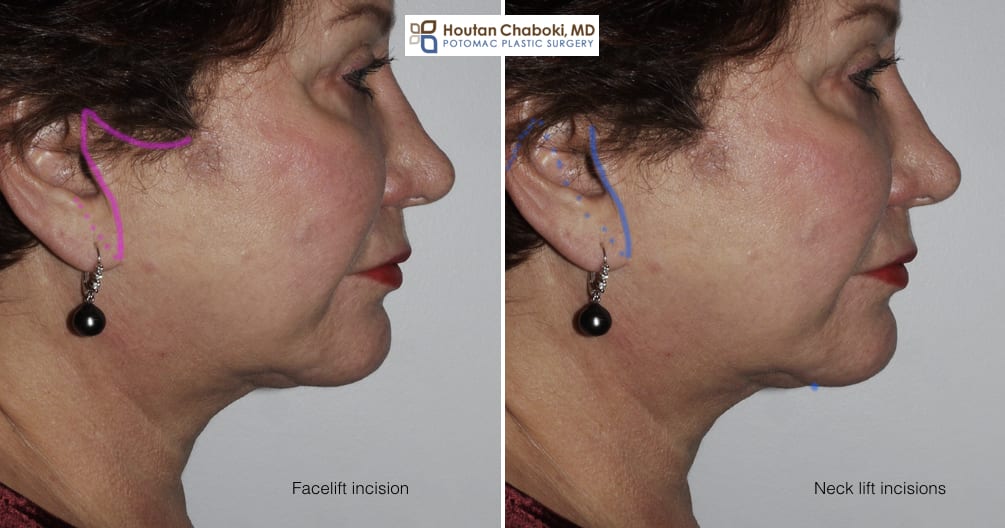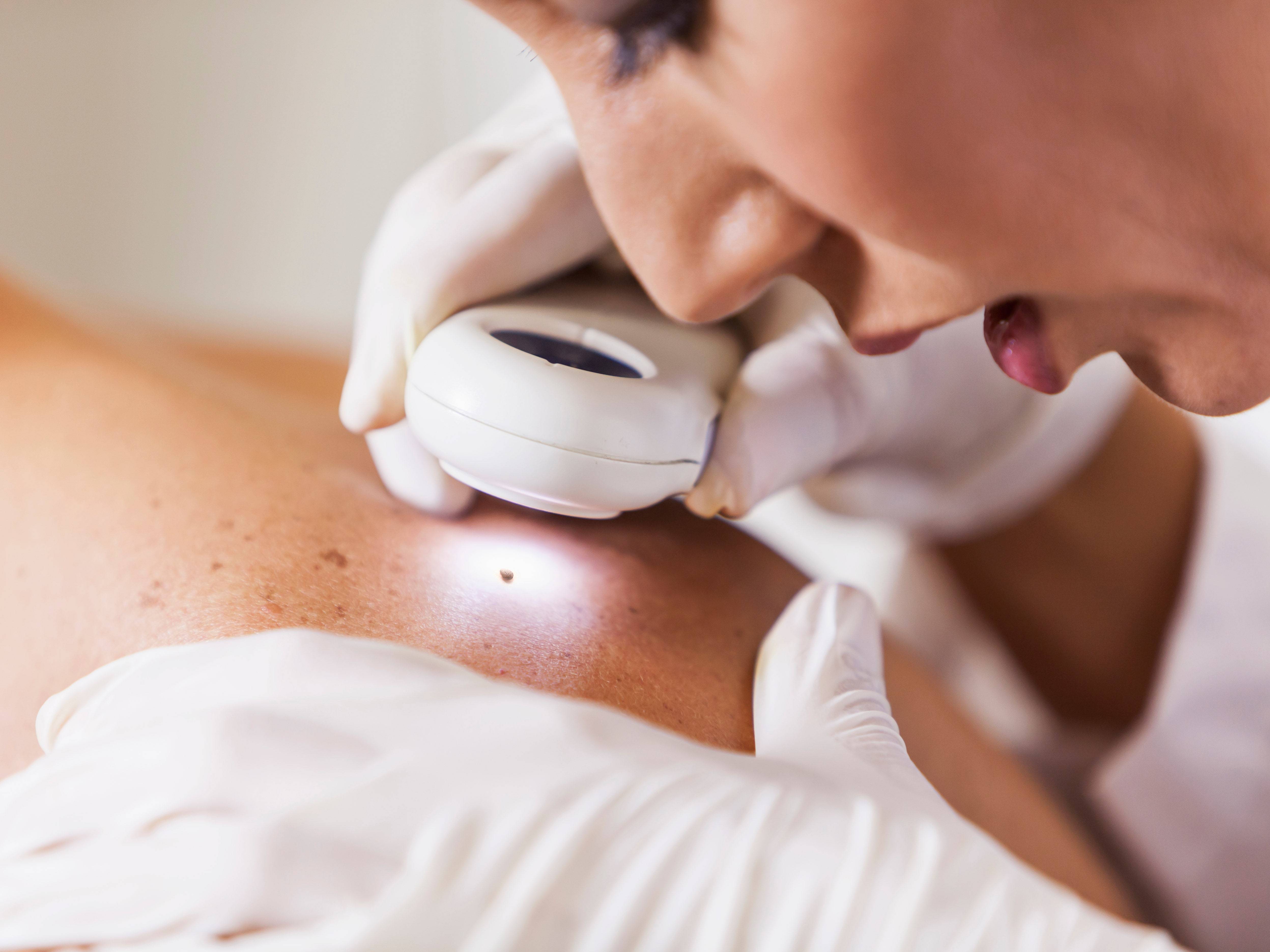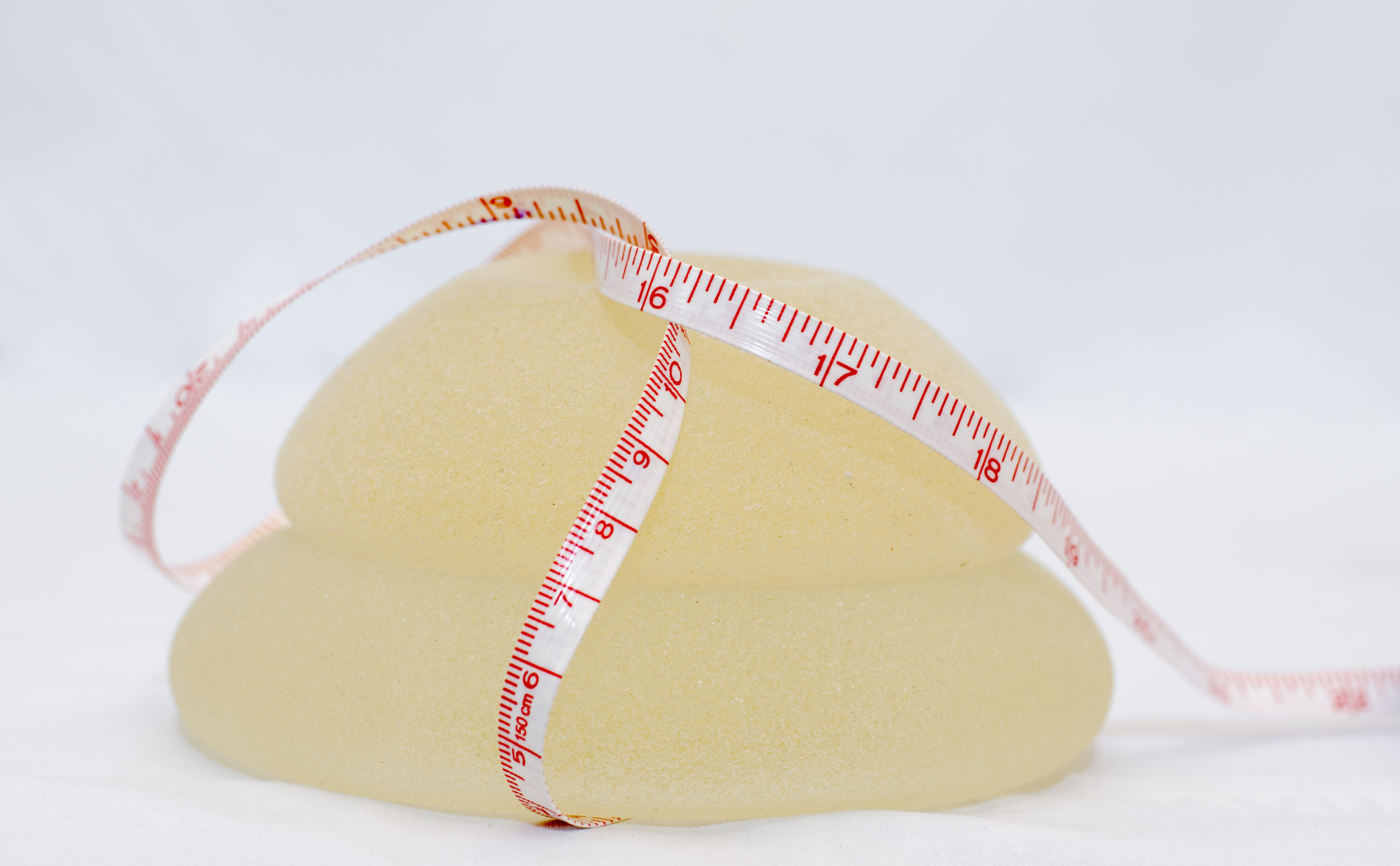
Before you decide on a surgeon for your fat transfer to facial procedure, make sure to consider the following things. You should find out details about the procedure such as the surgeon who will perform it, the pain level and the recovery time. You should also ask the doctor how they rate with previous patients. Success ultimately depends on the skill and experience of the surgeon. In the meantime, read this article for some tips on finding a great surgeon.
Candidate requirements
Each type of procedure has different requirements. Candidates should be in good health and free from any chronic or serious conditions. This procedure is not available to patients who smoke. To avoid complications, and for good results, quitting smoking is crucial. If you are considering this procedure, be sure to understand all of the possible risks and benefits before booking your consultation.
Candidates must be in good health and not have any other health issues that might limit the results of this procedure. A patient should be young and realistic in their expectations. Dr. Gardner will discuss with you the potential risks and benefits of fat transfers to the face. This consultation will help you determine if this procedure is right. You can also expect to be slightly bloated or lose some skin volume.

Time to recover
Patients will experience a different recovery time for fat transfers to their faces. Most patients can expect to be out of work or social activities for at least seven days after the procedure. The swelling and healing process will continue for at least seven days. Although the process takes a short time, it is important that you allow for adequate recovery time. Patients should start to see the final results after six months.
The procedure leaves no visible scarring. The fat is taken from the donor's site by a thin tube called cannula. The fat is then washed and processed. Plastic surgeons may use a centrifuge in some cases to process the fat. The fat is then injected through a canula. This is repeated until it reaches the desired area. This process is repeated until the required amount of fat has been placed.
Pain level
There might be some swelling or bruising after fat transfer. You can reduce swelling by applying ice to the area within the first few hours following the procedure. The swelling and bruising may continue for two weeks. Most patients can return to work in less time than one week. Patients are advised to restrain their strenuous activities for the first two weeks in order to allow the fat to settle. Fat transfer to face procedures are painless. The recovery time is short. A physician may prescribe pain medications to relieve discomfort.
The procedure is not painful and there are no serious risks. There is also no chance of infection. Patients are generally satisfied with the results. Most people will not need to take prescription pain medication after the procedure. However, there may be some swelling. Patients are advised to take some time off work in order to recover. The procedure isn’t as painful and invasive as a facial lift. You will need to spend a few days off work after the procedure to allow the face to heal.

Cost
The average cost of a fat transfer to face procedure varies widely depending on location, type of anesthesia and number of facial areas treated. A surgery in an office will cost less than one performed in a hospital or surgery center. The cost of this procedure can also vary depending on whether or not you are awake during the procedure. The majority of patients fall in the middle. Below are some of these factors that can affect the price of a fat-transfer to face procedure.
Most fat transfer to face candidates are healthy individuals who are trying to correct unflattering facial wrinkles. Good candidates should have smooth skin and adequate fat in their donor area (usually the lower abdomen, thighs). Patient must have realistic expectations of the result. You should choose the fat transfer to face procedure that suits your needs. Before the procedure, a consultation is highly recommended. Prior to the procedure, you should consider several factors including the quality and safety of the donor site.